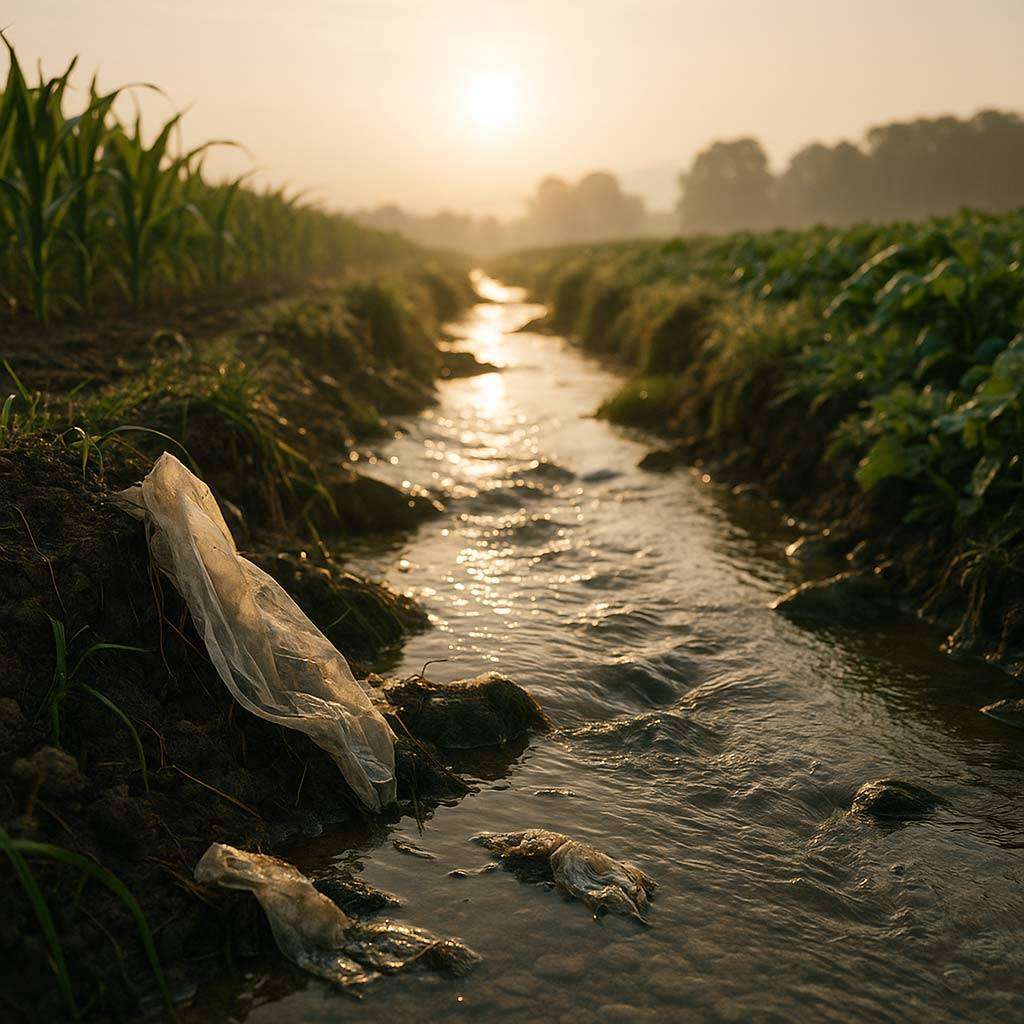Agriculture food diseases Switzerland: the impact of plastics in Swiss rivers
In Switzerland, nearly 14,000 tons of plastic end up in the environment each year, a significant portion of which reaches the rivers. According to the Federal Office for the Environment, microplastics are now detected in all major river basins in the country. This pollution is far from anecdotal: it threatens aquatic biodiversity, alters the quality of water resources and infiltrates the food chain. For agriculture-food-diseases-Switzerland, the stakes are immense: contaminated irrigations, soils that accumulate residues and microfibers, and risks of transmission of pollutants to our plate. Recent studies carried out on the Limmat and the Aar show that the concentrations of microplastics sometimes reach more than 100,000 particles per square kilometer, a level comparable to the most polluted urban areas in Europe.
Swiss farmers are also concerned about the fertility of their lands. The microplastics present in irrigation water alter the soil structure and can harm earthworms, essential for aeration and drainage. The impact on human health, although difficult to quantify, raises increasing questions: plastic particles, carriers of toxic substances, have been found in certain agricultural products and in drinking water. According to a survey by the University of Geneva, these microparticles can carry antibiotic-resistant bacteria, increasing the risk of diseases related to agriculture-food-diseases-Switzerland.
The phenomenon is not limited to Swiss borders. Swiss rivers, like the Rhine, are major arteries to Northern Europe. Thus, the plastics carried by these rivers contribute to the contamination of ecosystems up to the North Sea, spreading health and food risks on a large scale. Faced with the magnitude of the problem, Switzerland positions itself as an observation laboratory, but also as a testing ground for pioneering solutions. The next sections detail the links between agriculture, food, diseases and plastic pollution, before exploring emerging responses.
Agriculture food diseases Switzerland: how plastics alter agriculture, food and health
The interconnection between agriculture-food-diseases-Switzerland and plastic pollution is expressed at several levels. First, the microplastics contained in the rivers infiltrate the irrigation systems, contaminating vegetables and cereals. In 2023, a study by EPFL revealed that more than 80% of market gardening operations near polluted watercourses showed traces of microplastics in their soils and crops. This invisible contamination poses a health challenge: according to the WHO, chronic exposure to microplastics could promote inflammatory bowel diseases and disrupt the endocrine system, especially in children.
On the food side, the question of transfers in the food chain becomes central. Freshwater fish, consumed locally, ingest these particles, which accumulate in their tissues. Swiss consumers are therefore indirectly exposed to these pollutants, which can act as vectors of pesticides or hormonal disruptors. A report from Swiss Food Research emphasizes that risk perception remains low among the population, while analyses reveal an increasing presence of plastics in foodstuffs from riparian areas.
The impact on diseases related to agriculture-food-diseases-Switzerland is also manifested by the emergence of pathogenic agents carried by microplastics. The surfaces of these particles favor colonization by resistant bacteria, increasing the risks of spreading zoonotic diseases or food poisoning. This reality imposes a reevaluation of health surveillance protocols, both at the agricultural and food level.
Microplastics and agricultural residues: a toxic cocktail
The problem becomes more complex when considering the interaction between microplastics and pesticide residues present in rivers. Plastics, due to their chemical structure, easily adsorb these toxic molecules, protecting them from natural degradation. Thus, crops irrigated with water loaded with microplastics receive a double dose of contaminants. This phenomenon, documented by INRAE, increases the risk of bioaccumulation in soils and in living organisms, with potential consequences on public health in Switzerland.
agriculture-food-diseases-Switzerland: what solutions for healthy food and clean rivers?
Faced with this observation, Switzerland is exploring several avenues to limit the impact of plastics on agriculture-food-diseases-Switzerland. The first initiatives concern source reduction: cantons like Vaud or Geneva are experimenting with the ban on plastic microbeads in cosmetics and are strengthening the control of industrial waste. Other projects aim to develop advanced filtration systems in wastewater treatment plants, capable of retaining up to 98% of microplastics, according to the Federal Office for the Environment.
On the agricultural field, cooperatives are testing biodegradable tarps and closed irrigation techniques to limit the entry of plastics into soils. Technological innovation also plays a central role: smart sensors allow for real-time mapping of contamination and adapting agricultural practices accordingly. Finally, public education and producer awareness remain powerful levers to accelerate the transition towards agriculture more resilient to plastic pollution.
The future of agriculture-food-diseases-Switzerland will depend on the ability to combine prevention, innovation and cross-border cooperation. While the challenges remain numerous, Switzerland shows that it is possible to build sustainable solutions, provided we act collectively, from the field to the river, to the plate.
—
Sources
https://reporterre.net/Du-microplastique-dans-nos-rivieres-un-phenomene-meconnu-mais-inquietant
https://www.bafu.admin.ch/bafu/fr/home/themes/dechets/publications-etudes/etu…
https://www.epfl.ch/fr/recherche/domains-de-recherche/etude-microplastiques-2023
https://www.inrae.fr/actualites/microplastiques-et-pesticides-risques-agricul…
https://www.swissfoodresearch.ch/rapport-alimentation-plastique
https://www.bafu.admin.ch/bafu/fr/home/themes/dechets/publications-etudes/etu…
https://www.epfl.ch/fr/recherche/domains-de-recherche/etude-microplastiques-2023
https://www.inrae.fr/actualites/microplastiques-et-pesticides-risques-agricul…
https://www.swissfoodresearch.ch/rapport-alimentation-plastique


